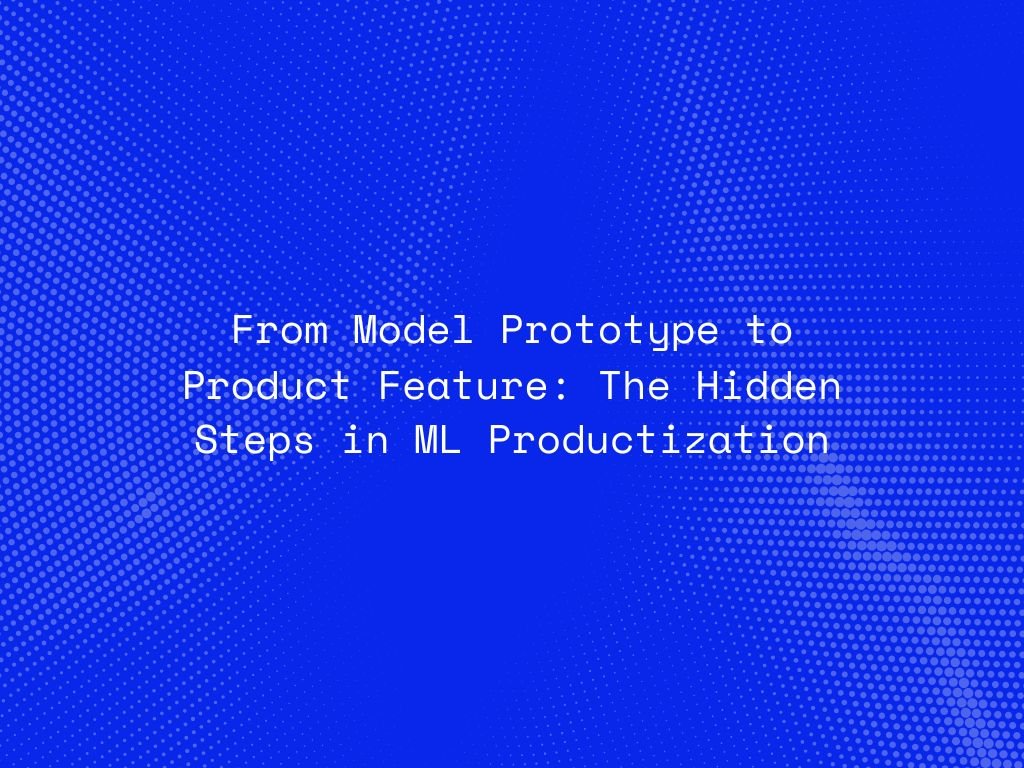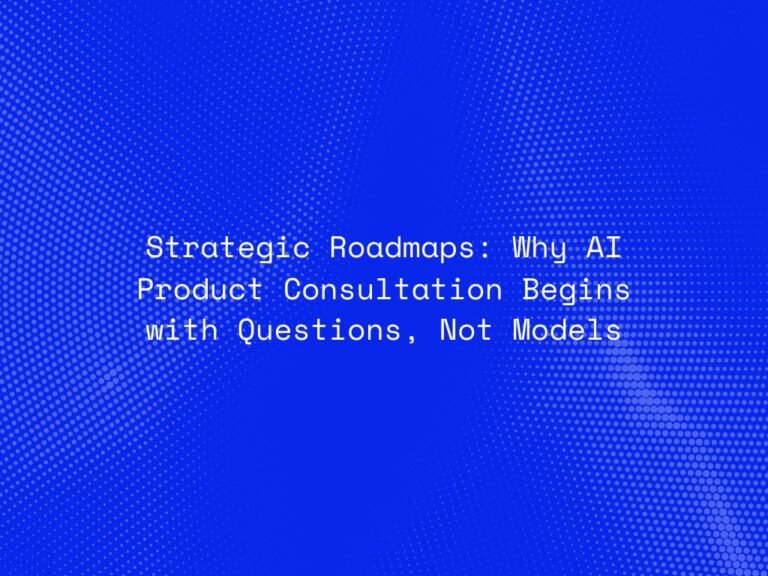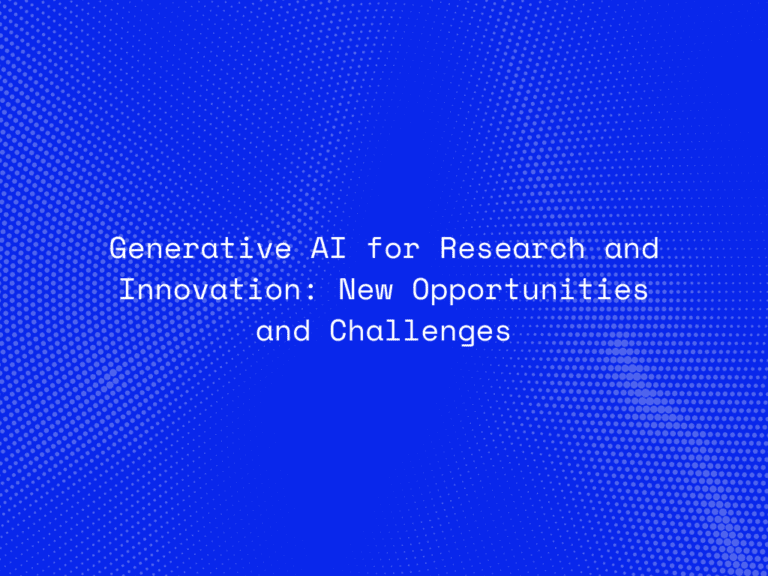In the lifecycle of any AI or ML initiative, building a working prototype is just the beginning — not the finish line. Many organizations celebrate when a machine learning model achieves high accuracy in a controlled environment, but few realize how far that is from real-world adoption.
Turning a machine learning prototype into a reliable product feature requires navigating a complex set of hidden steps — from data engineering and MLOps pipelines to performance monitoring, compliance, and user experience integration. It’s not just about having a model that works; it’s about having a model that works sustainably, ethically, and at scale.
The Gap Between ML Prototypes and Products
A prototype demonstrates possibility. A product delivers value.
The journey between the two is often underestimated because a successful model experiment doesn’t automatically translate into a deployable, maintainable, or secure product.
Consider this: a model trained in a Jupyter notebook might work perfectly in isolation, but once it faces real-time user data, system dependencies, latency constraints, and unpredictable behavior — cracks begin to show.
This is where many AI projects stall. The transition from lab success to production reliability demands not only technical rigor but also strategic alignment, cross-functional collaboration, and operational maturity.
Step 1: Aligning ML Outcomes With Business Objectives
Before moving beyond prototyping, teams must ensure that the model’s intended function directly ties to a measurable business goal.
Questions to ask at this stage include:
-
Does the model support an existing workflow or create a new one?
-
How will success be quantified — accuracy, revenue lift, retention, or efficiency?
-
What is the tolerance for error in the business context?
Without clear business alignment, even the most accurate models risk becoming shelfware — impressive, but unused.
Step 2: Data Readiness and Pipeline Maturity
A model is only as good as its data. Transitioning to production requires moving from one-time, static datasets to continuous, automated data pipelines.
That involves:
-
Data versioning to ensure reproducibility.
-
Feature stores to manage shared and reusable data features.
-
Real-time data validation to detect drift or anomalies.
Without these systems in place, maintaining model consistency and reliability becomes nearly impossible.
Step 3: Engineering for Scalability and Integration
A prototype might run perfectly on a local environment — but can it handle thousands of concurrent requests?
Engineering for production means building:
-
APIs and microservices for modular integration.
-
Load-balanced infrastructure for scalability.
-
Secure access control to protect data and model assets.
This step transforms the ML model into a product feature that other systems — and users — can interact with confidently and efficiently.
Step 4: MLOps – Automating the Lifecycle
Just as DevOps revolutionized software deployment, MLOps is the backbone of sustainable machine learning. It enables automation, reproducibility, and governance across the model lifecycle.
Core MLOps practices include:
-
Model versioning for traceability.
-
Continuous integration and delivery (CI/CD) pipelines for ML.
-
Monitoring and feedback loops to detect model drift and retrain as needed.
These operational layers ensure that the model isn’t just deployed once — it evolves, improves, and remains aligned with changing data realities.
Step 5: Compliance, Security, and Ethical Assurance
AI models don’t operate in isolation — they touch data, decisions, and people. As such, compliance with privacy, fairness, and transparency standards is non-negotiable.
This includes:
-
Ensuring data governance meets regional regulations (GDPR, HIPAA, etc.).
-
Documenting model decisions through model cards or AI explainability reports.
-
Building human-in-the-loop validation where ethical risk is high.
Responsible AI isn’t an afterthought — it’s a critical step in production readiness.
Step 6: User Experience and Product Integration
Even the most advanced model will fail if users don’t trust or understand it. Designing intuitive UX and communication layers around AI output is essential.
For example:
-
Instead of simply showing “risk score = 0.82,” present contextual insights like “High risk due to missing transaction history.”
-
Provide transparency controls and fallback options for human review.
AI becomes powerful when users can interact with it meaningfully — not just observe its predictions.
Step 7: Continuous Monitoring and Improvement
Deployment is not the end. Real-world data drifts, behaviors evolve, and business priorities change.
Post-launch, teams must:
-
Track data drift and concept drift in production.
-
Implement performance dashboards for model health.
-
Collect user feedback to guide retraining and feature updates.
This continuous improvement loop ensures that the AI feature remains relevant, effective, and trusted.
From Lab to Market: The Real Value of ML Productization
ML productization isn’t just about technology — it’s about transformation. It bridges experimentation and execution, ensuring that models aren’t just built, but embedded into business value chains.
At Providentia, we emphasize AI product readiness — combining strategic consulting, robust engineering, and ethical AI principles to guide clients through these hidden steps.
Because in the world of intelligent systems, the difference between an experiment and an innovation is not the model itself — it’s everything built around it.




